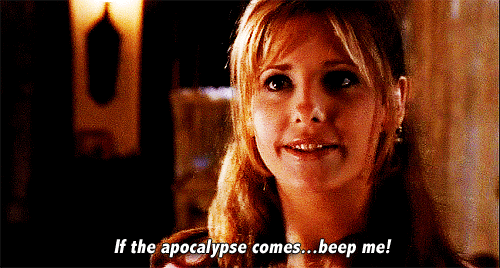YouTube
Celebrity Culture- Community and Mainstream Media
This paper was originally written for the Fan Studies Network 2014 conference, for a panel on Producer/Audience relationships, which took place at Regent's University 27-28th September. I have since expanded the paper for a lecture at The Glasgow School of Art.
The world of
YouTube has caught the eye of mainstream media recently as its stars have
become harder and harder to ignore. The videobloggers or vloggers who create
content on the site have become not just YouTube Celebrities, but celebrities
outright. Some begun vlogging in their bedrooms as teenagers and have built up
a loyal following over time, others have started out in the last couple of
years jumping on the bandwagon of promised YouTube fame and YouTube money. The
vlogs themselves contain makeup tutorials, direct to camera diary style
entries, advice on how to get a boy or girlfriend, hand held travel diaries,
funny challenges, collaborations with other vloggers; all mostly aimed at
teenagers. These vloggers have millions of subscribers, and through the YouTube
partnership program, they are earning money from advertisements and views,
enough money to quit their jobs or drop out of uni. These celebrities are
adored by their teenage fans, but the divide between the two parties is
comparatively small compared to the celebrity crushes of the past, with the
possibility of contact through social media. Participation with the medium is
easy. If you’re a fan of Alfie Deyes, and his channel PointlessBlog, you can
comment on his videos, post a video response, tweet him, message him on
Facebook, and he can do the same back. However, there is now a very visible
hierarchy between creators and viewers in the YouTube community. In the oft
talked about “good old days” YouTube fitted into Jenkins’ framework of
participatory culture perfectly. In a post on “How YouTube Became OurTube” on
his blog, Henry Jenkins discusses this:
“All of this is
a vivid illustration of what I’ve described elsewhere as “participatory culture.”
In a participatory culture, there are relatively low barriers for engagement
and participation, there is strong support for sharing your creations with
others, there is a system of informal mentorship where experienced participants
help train newbies, and there is a sense that others care about what you say
and create.”
(Continue reading after the jump:)





